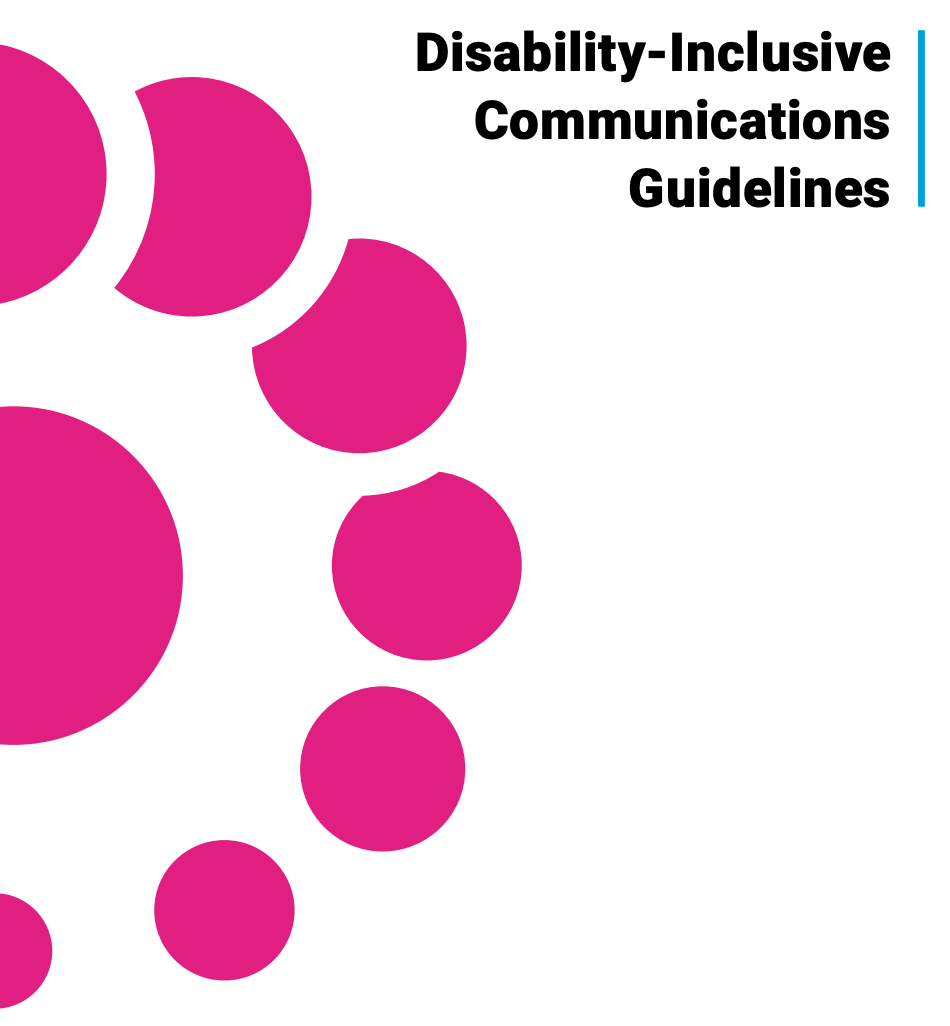Disability-Inclusive Communications Guidelines
A new United Nations guide for disability-inclusive communications has been published, with the aim of ensuring inclusive and accessible communications will reduce bias and discrimination, and promote inclusion and participation of all. The guidelines are intended for all UN personnel, yet is a useful knowledge/ resource to guide everyone in developing inclusive communications culture.
The guide covers all range of communications; including sending emails and meeting notes, preparing documents, participating in community consultations, communicating through digital platforms,
as well as running multi-channel campaigns that utilize variety of media.
Why are disability-inclusive communications guidelines important?
In an ever-connected world, communications have grown into a must-have cross-cutting skill for every professional. Inclusive and accessible communications benefit everyone, both persons with disabilities and the general public. By practising disability-inclusive communications, we can reflect the true diversity of our societies. Moreover, disability-inclusive communications will help to fulfill the promise of ‘leaving no one behind’, a key component of the 2030 Agenda for Sustainable Development. Inclusive communications allow persons with disabilities to participate fully and equally in all spheres of society.
What are the Guidelines for?
The purpose of the Guidelines is to assist communications focal points to make all our communications disability-inclusive and accessible. Inclusive and accessible communications reduce bias and discrimination, and promote inclusion and participation.
Who are the Guidelines for?
The Guidelines are intended for UN personnel, whether they work in human rights, sustainable development, humanitarian assistance, or peace and security.
At Share-Net International, we are publishing these guidelines in our SRHR resources library as a useful guide that can be used for all who wish to improve disability-inclusive communications.
